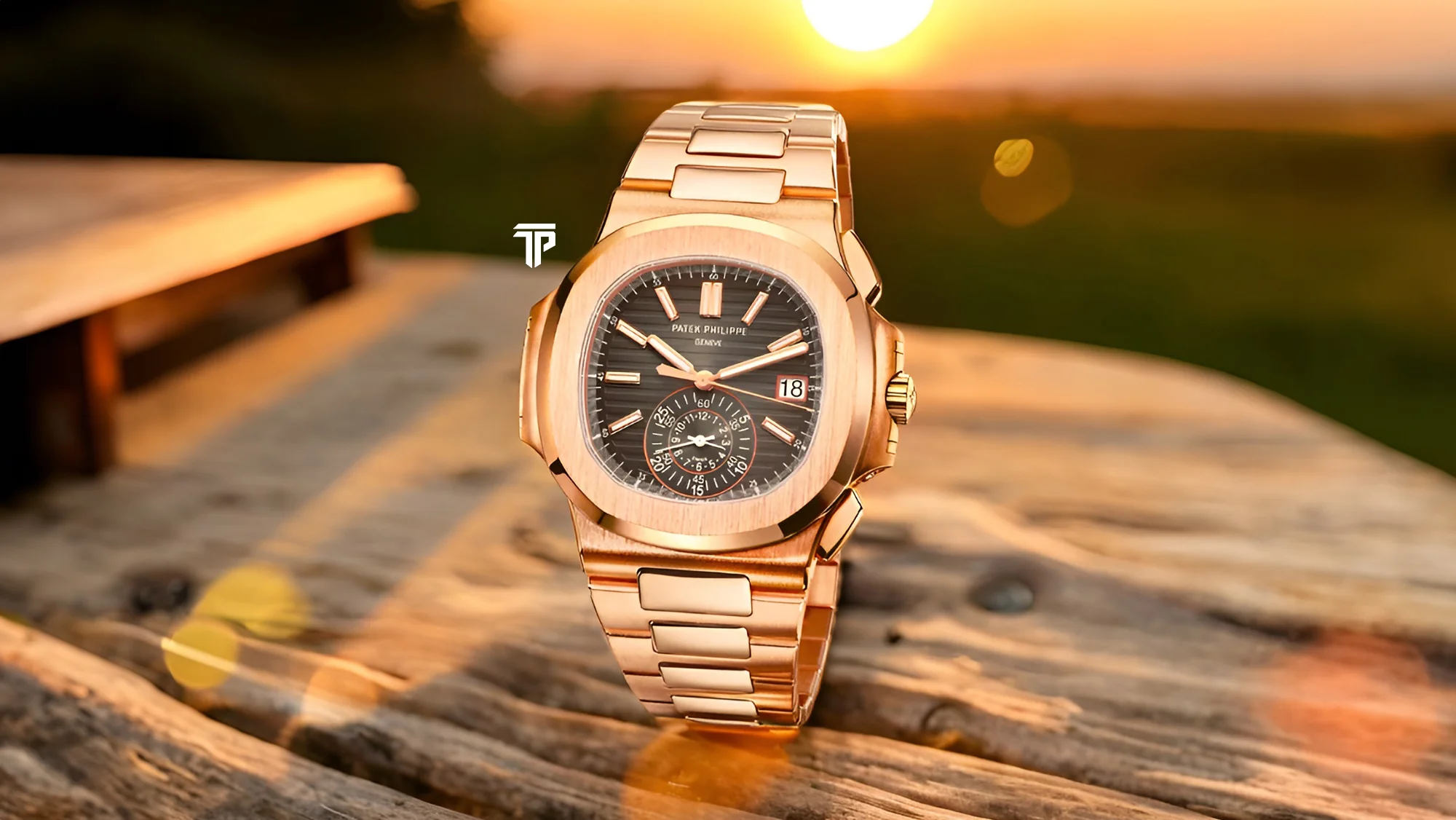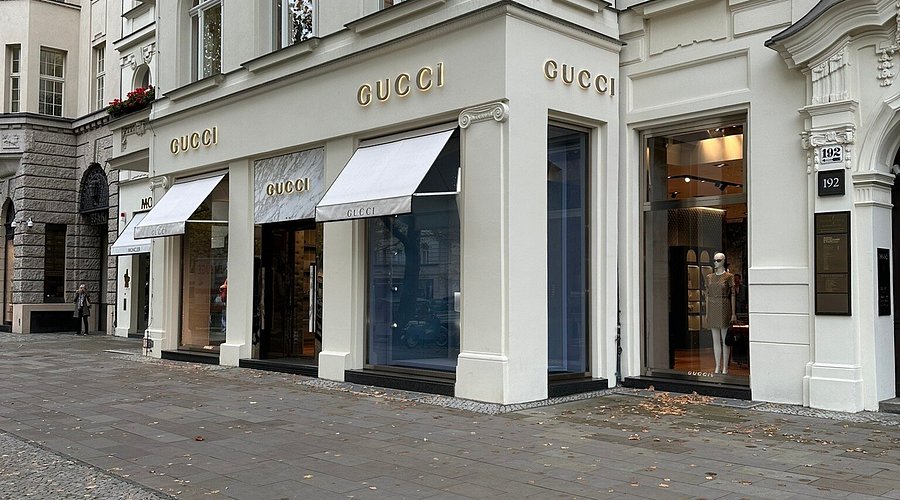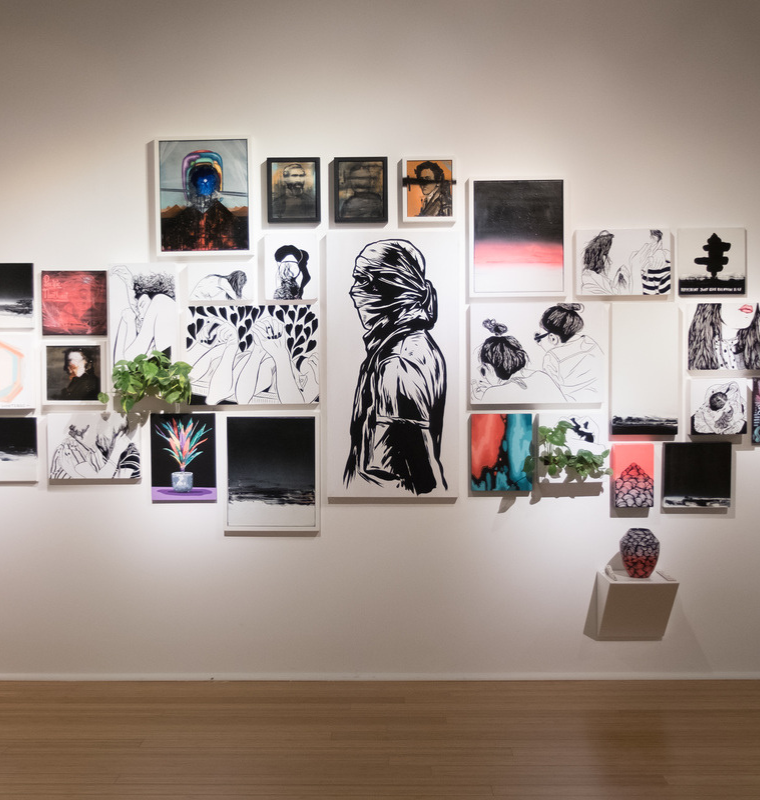The Private Collectors Redefining Luxury Through Silence and Space
By
John Carter
Last updated:
October 20, 2025
First Published:
October 20, 2025
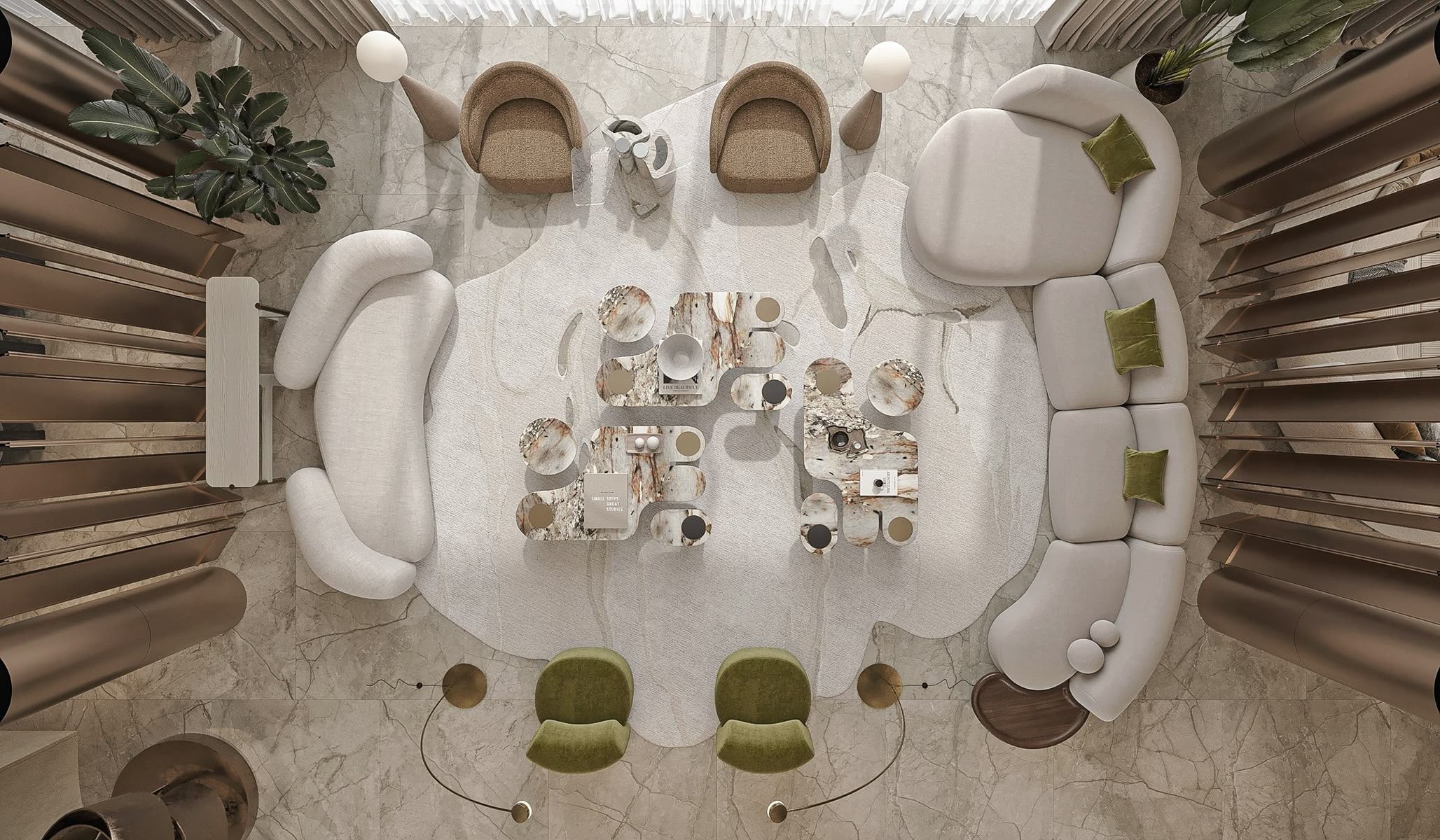
Photo: Spacio Collections
The Age of Subtle Possession
In the past, wealth often declared itself through visible displays of grandeur. Mansions, sports cars, and extravagant parties were once symbols of success. Yet today, a quiet transformation is unfolding among the world’s elite. The most discerning collectors are abandoning loud opulence in favor of silent mastery. Their wealth speaks through absence, through the art of leaving things unsaid and unseen. Luxury has entered a meditative phase where stillness becomes the ultimate indulgence.
The Value of Space Over Stuff
For these private collectors, emptiness is no longer a void but a statement. Vast properties in Tuscany, Kyoto, or the Swiss Alps are being designed not for show but for breathability. Architects are instructed to prioritize air, light, and proportion over lavish décor. These homes do not scream wealth; they hum with intentional quiet. Space itself has become an asset more precious than diamonds, not because of its cost but because of its calm.
Collecting Silence as Status
Silence has become the new collector’s item. Private listening rooms, soundproof meditation chambers, and underground music vaults are emerging as the sanctuaries of the ultra wealthy. The irony lies in the fact that in a world flooded with noise and content, the ability to disconnect has become a privilege. These individuals are not fleeing the world—they are mastering it through selective withdrawal.
The Shift from Display to Experience
Modern wealth no longer feels the need to be photographed. Collectors who once lent art to museums now prefer private viewing spaces accessible to only a handful of trusted guests. Experiences are curated like rituals, not events. A candlelit evening with a single artwork, a cello performance for two, or a walk through a garden designed to bloom only at night—these are the new expressions of privilege.
Art as Reflection Not Decoration
What hangs on these quiet walls often mirrors the collector’s state of mind. Minimalist sculptures, ancient manuscripts, and monochromatic canvases dominate their collections. Each piece is selected less for its market value and more for the stillness it evokes. The goal is no longer to impress but to align one’s surroundings with one’s inner frequency. In this sense, collecting has become a spiritual practice disguised as taste.
The Architecture of Restraint
Architectural firms catering to this clientele describe a new design language rooted in restraint. Walls are bare yet warm, materials are raw yet refined, and windows frame nature like living paintings. The homes are often built into the landscape rather than above it, merging human creation with natural order. This aesthetic of humility reveals a paradox of power—true dominance now lies in dissolving into one’s environment rather than conquering it.
Privacy as the Final Luxury
Privacy has transcended its traditional meaning. For these collectors, it is not merely the absence of public intrusion but the preservation of inner peace. Estate blueprints are drafted with a philosophy that treats solitude as sacred. Security teams operate invisibly, and guest access is carefully choreographed. Every architectural and social decision is an act of curation designed to protect not possessions but perception.
Time as the Ultimate Asset
The more one ascends the ladder of wealth, the clearer it becomes that time is the rarest currency. These collectors use silence and space to stretch time, to live within slower rhythms. A sunrise observed without distraction becomes a ritual of affluence. The modern rich are not chasing speed; they are paying for stillness. This reversal of tempo marks a profound cultural shift in what it means to live well.
A Philosophy of Enough
At the core of this quiet revolution lies a simple idea: enough is everything. True luxury is not the multiplication of possessions but the refinement of desire. Collectors have learned to find satisfaction in the few objects that hold personal meaning. Each item tells a story of patience, memory, and restraint. Their homes are not warehouses but sanctuaries where fewer things lead to fuller lives.
The Future of Invisible Wealth
As the next generation of heirs inherits these spaces, they are also inheriting a philosophy. The age of overexposure is fading, replaced by a taste for the imperceptible. Wealth is becoming atmospheric, sensed rather than seen. Silence and space are no longer voids but vessels, carrying within them a quiet form of power. The private collectors of today are shaping a new definition of luxury—one that listens before it speaks.
Subscribe to unlock premium content
Sed at tellus, pharetra lacus, aenean risus non nisl ultricies commodo diam aliquet arcu enim eu leo porttitor habitasse adipiscing porttitor varius ultricies facilisis viverra lacus neque.
A comprehensive guide on Agile development

10 Productivity tools that are worth checking out
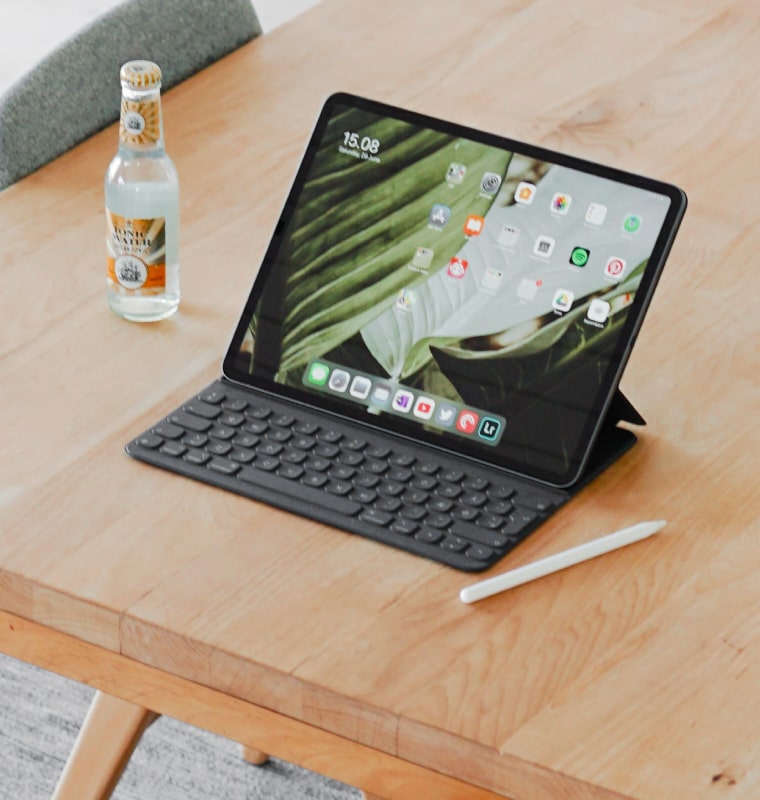
Top 7 Must have management tools for productivity

A comprehensive guide on Agile development

10 Productivity tools that are worth checking out

A comprehensive guide on Agile development



